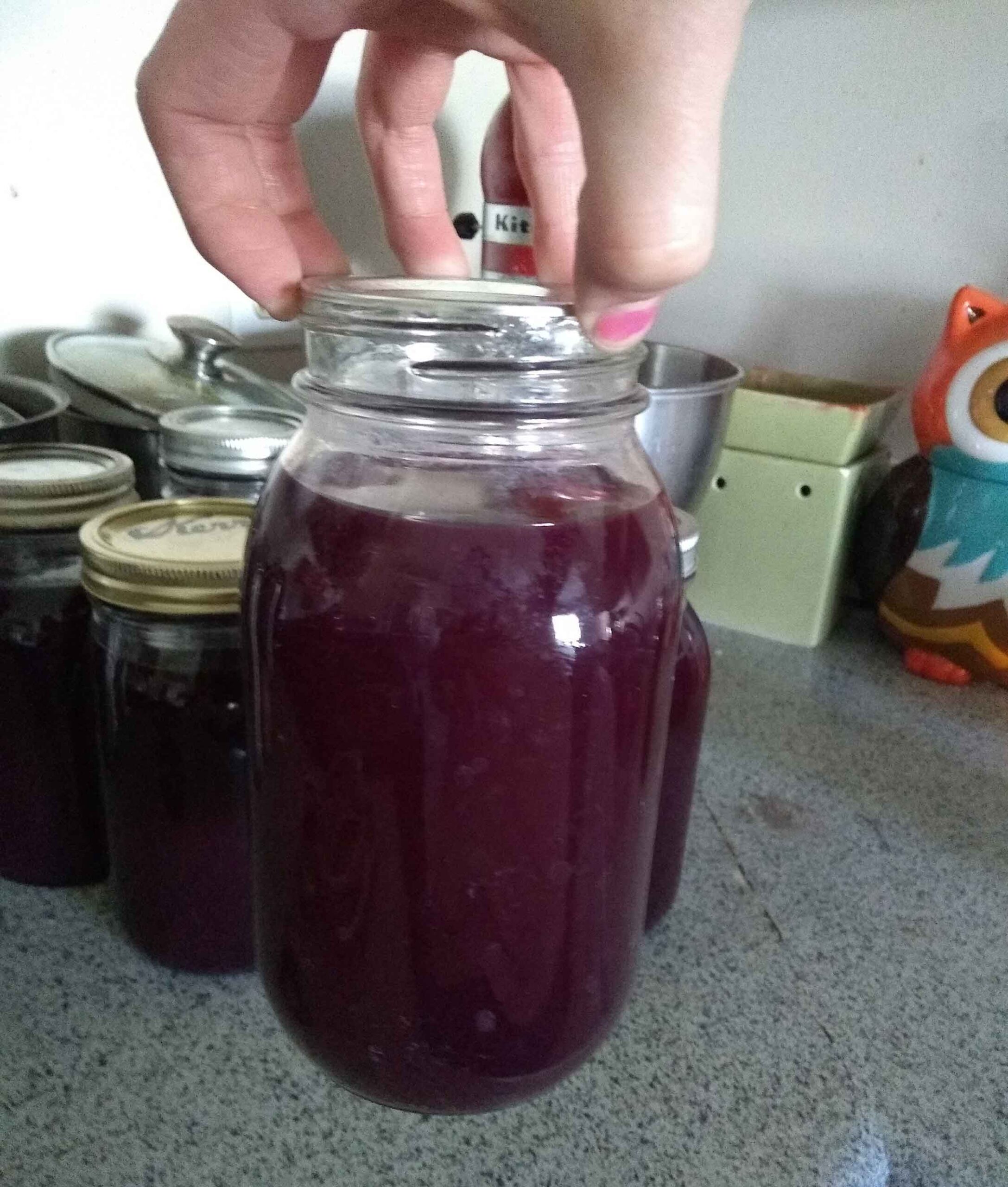Spring is the time to assess the quality of the wine after it has been finished in the barrel and is ready for bottling. This stage is known in French as En Primeur. Speculators and commercial purchasers can buy wine at this time. En Primeur began in the 1950s by Bordeaux wine merchants to provide money to financially struggling chateaus as the wine was being bottled. The phenomenon has spread to other parts of Europe.
The ideal climate for growing wine is a warm summer and a wet winter.
At this time, both wine critics and merchants will make their assessment of the vintage. These ratings are a reflection of both the quality and character of the wine. Characteristics are expressed in tasting notes such as fruits, velvety mouthfeel, and spices at the end. The quality is measured numerically as a score comparing this year’s wine to previous years and local wines.
The scores can vary from year to year, depending on the weather and climate. They also differ from one vineyard to another. Even though they are made from the same grape, wines can vary in quality due to soil type, microclimate, and vinification choices. Some wine critics and merchants score wines by region, while others rate them by bottle.
What makes Bordeaux better
These scores were used to examine how the quality of wine is changing as a result of variations in annual weather. This would give us a better idea about what wine could look like in the future. We chose Bordeaux, a wine-producing region around the French city with the same name. Climate impacts are already being felt in Bordeaux through earlier harvesting and ripening, water stress, and variations in wine quality.
Bordeaux is perfect because it’s a large-scale event; thousands of chateaus are participating and being evaluated by a few high-profile critics.
Our results show that wine of higher quality is produced in years with warmer temperatures and more winter rain (and less summer rain) as well as earlier, shorter seasons. Climate change will likely make these conditions more frequent, which means that Bordeaux wines could become stronger, more balanced, and better in years to come.
The Bordeaux wine region
St Emilion is just one of the many wines produced in and around Bordeaux. Domenico-de-ga / wiki, CC BY-SA
This general trend can be seen in the variation of scores given by critics to the wines from St-Emillion. St-Emillion is one of Bordeaux’s 37 “appellations” (specially-defined wine regions) and is renowned for its high-quality vineyards.
Chateau-Figeac is one of the best chateaus in this region. Its highest-rated years in the last decade, 2016, 2019, and 2020, all had high temperatures in July and low rain in August. However, the rainfall was more elevated in November and January before. Alexa Boulton from Chateau-Figeac told me: “With climate change, this type of year will come more frequently and great vintages will come more often.”
Climate change can also mean more extremes.
The positives sound great, but there are some important caveats. The most notable is that climate change brings more extreme weather. It is increasing the frequency of late frosts, powerful dry spells, and heavy rains and hail during fruiting and flowering in Bordeaux. These events can wipe out a whole year’s worth of grapes. It could mean no wine from certain locations. This is a potentially life-changing event.
The frost in Bordeaux in April 2017 was fought off with the help of torches. Vibe Images/Shutterstock
This may have happened in 2020 when a storm in April swept through Bordeaux, causing hail to fall on vines and wipe out up to 100 percent of the grapes. Other vines were left untouched. This hail could be one reason why the quality of many chateaus’ 2020 vintages is lower than the 2019 vintages despite the high winter rainfall and summer temperatures.
Our findings are applicable far beyond Bordeaux. For example, the UK is just on the brink of producing excellent red wines but is still affected by weather changes. Natasha Rompante, an English winemaker, told me, “2020 was a very hot year that made for a fantastic vintage. We achieved unusual ripeness in both red and white wines”.
In 2021, however, the story was different. Increases in temperature and humidity that were attributed to climate change led to widespread diseases and fruit loss. Rompante states that “some vineyards have lost as much as 90% of their crop”. It is important to have the right combination of heat and rain and the right timing.
Our wines will also change as the climate around the world changes. Our research has revealed which weather conditions produce better wine. This, along with some potentially damaging caveats, could suggest a bright future for Bordeaux wines. No matter what happens, it is important to develop our understanding of climate, vine, and wine in order to ensure long-term success.



